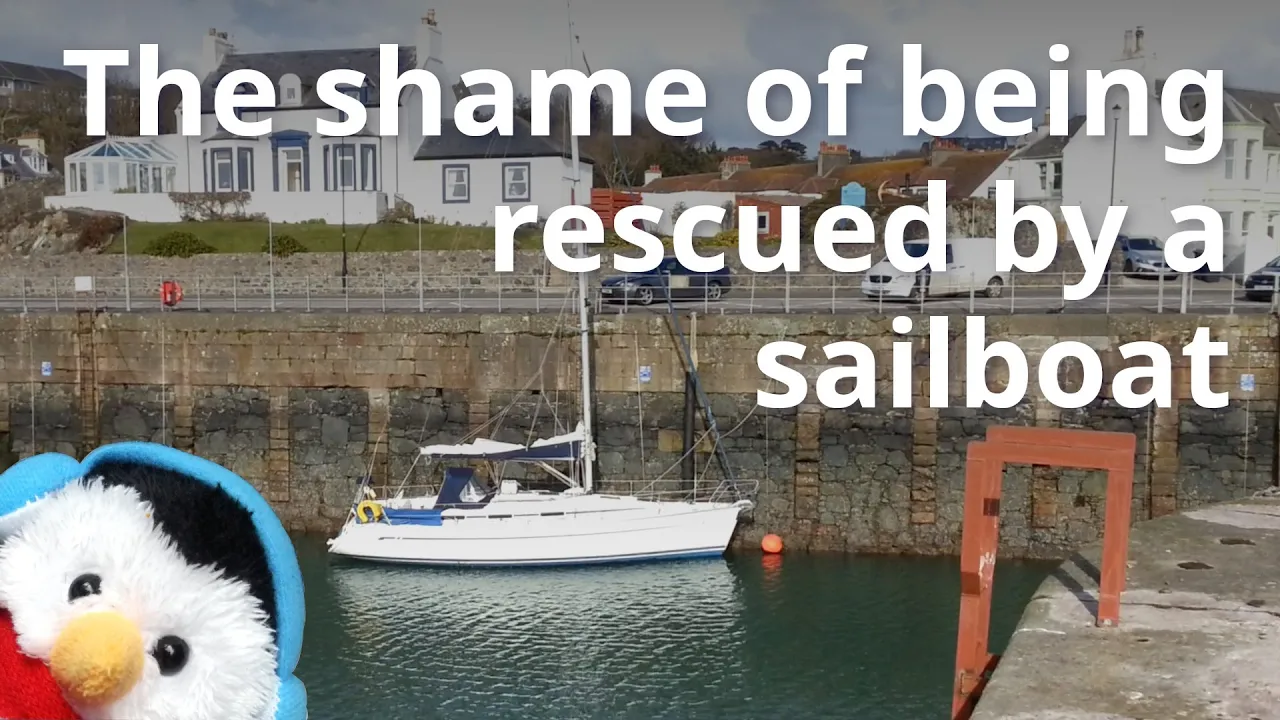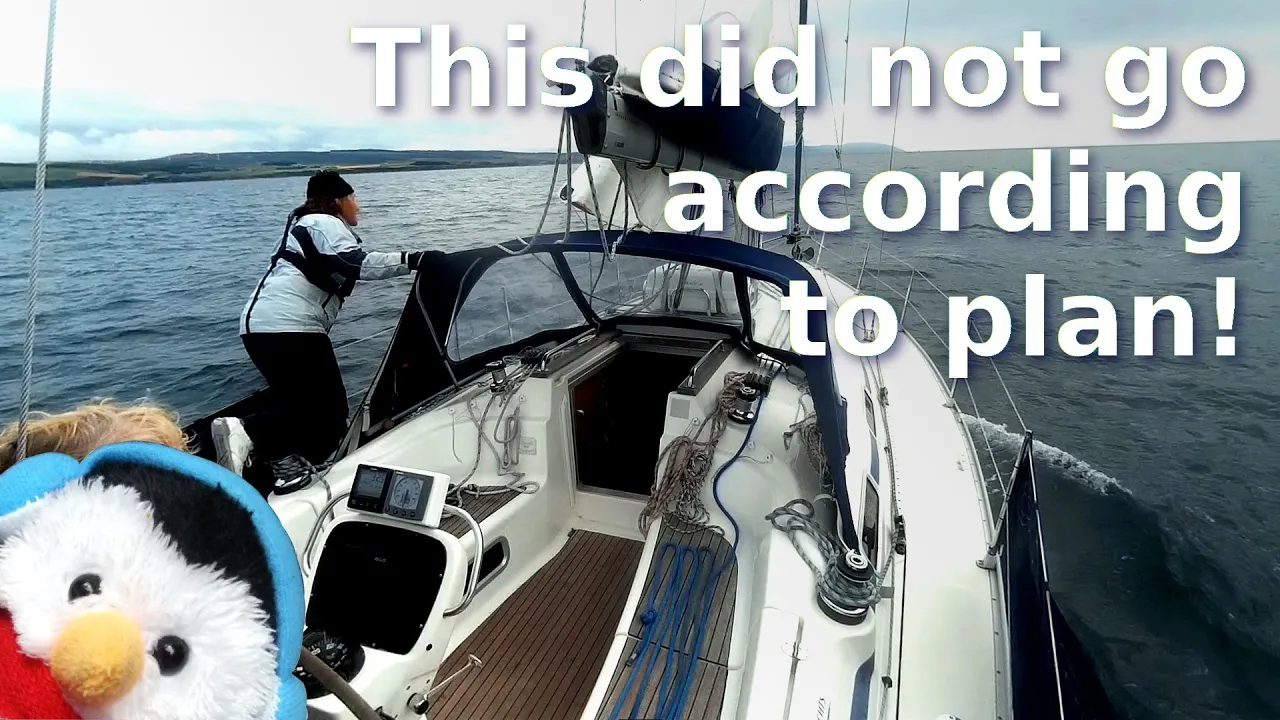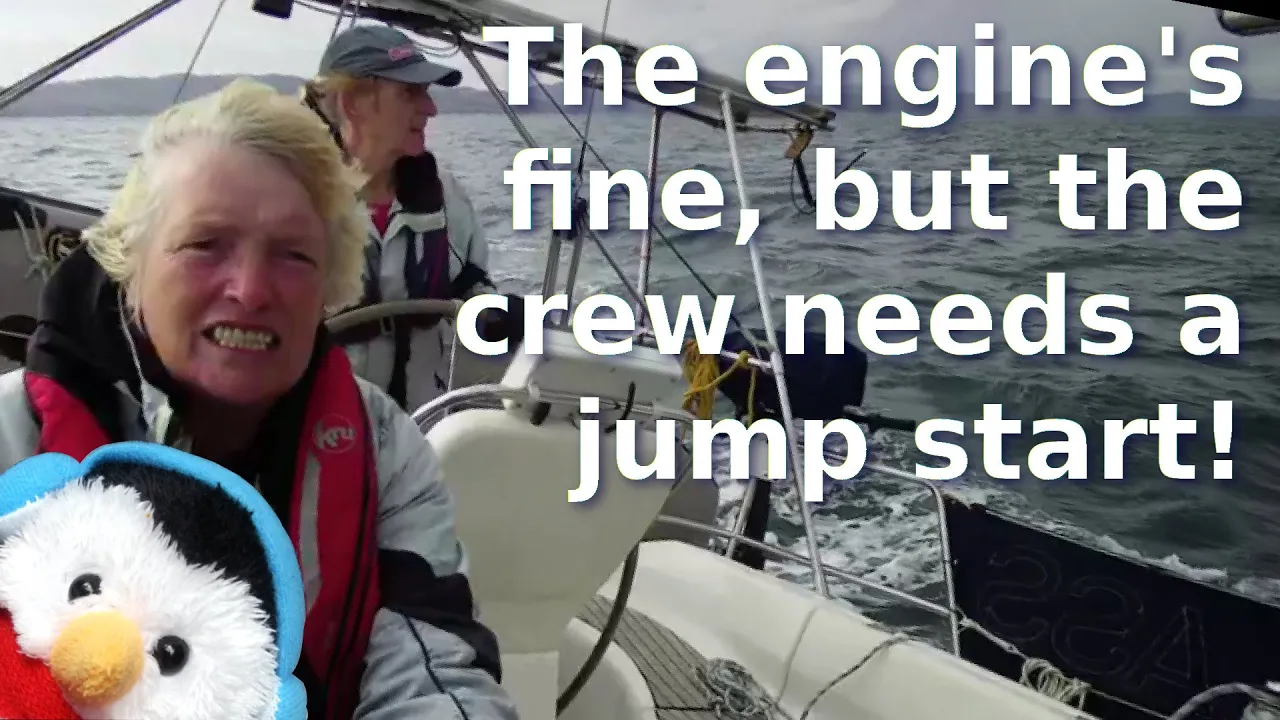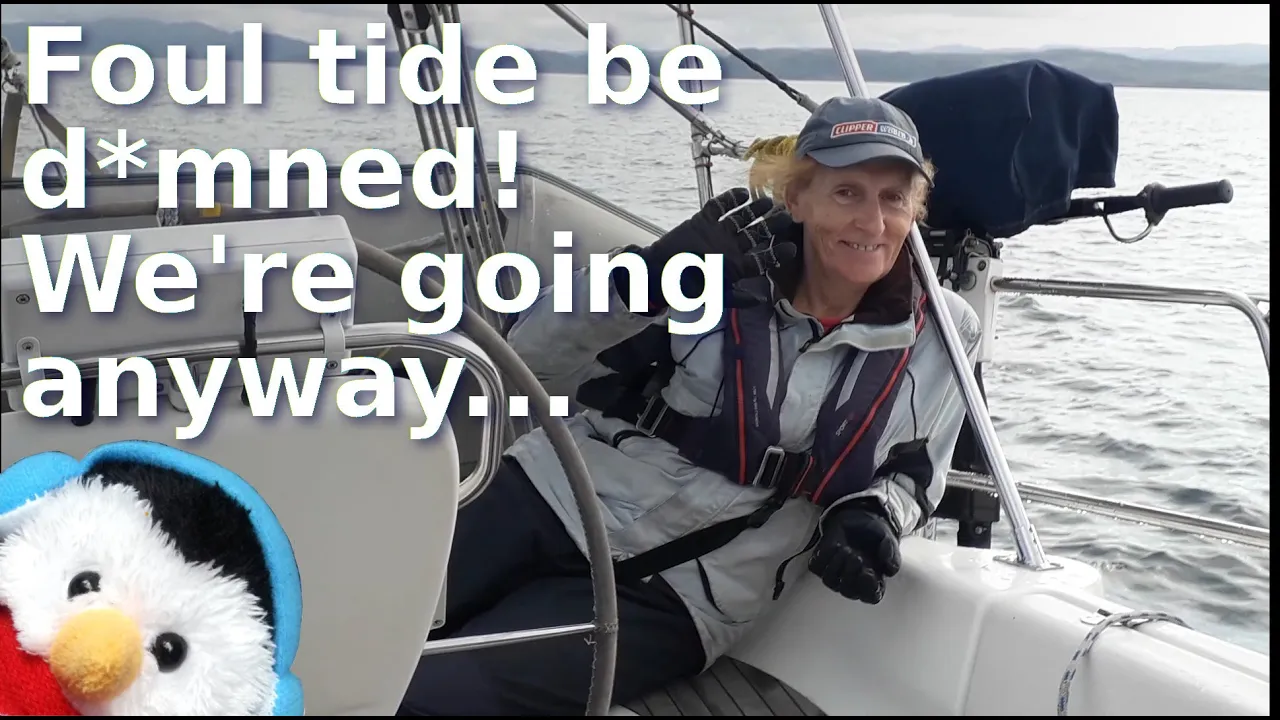We prefer to ENJOY our sailing rather than ENDURE our sailing, but sometime that just does not happen.
After we had stayed the night in Rothesay, we went to Millport to go to the moorings there. If I ever get a picture that will fit into a blog then I will write a piece on that particular saga, but for now that is shrouded in Mist.
Anyway we were at the moorings at Millport and seeing as we were moored in 3.5m of water, we made a lead line to check out how we could use it.
Making a lead line
- Long rope to use as the line
- Large weight to add to the line
- Tapes, sting and other materials to make the measurements
- Tape measure
To make, secure the weight to the end of the line, then use the tape measure to measure out 3, 4, 5, 6 and 7m. We used white tape to mark out the line, but in olden days they used a variety of materials so that you can tell the depth at night, seeing as we have a torch on board, we don't need to do that, however we did mark the 5m with 2 pieces of tape, to make it look a little bit different.
Once we had made the lead line Beverley threw it over the side of Salty Lass to check out how it felt. I had a go too and i could tell I was on the bottom because once the weight hits the ground, the line goes shack. It is quite a noticeable, so once you have found the spot you can look to see just how much of the line was in the water. Using the lead line we estimated that the depth was 3.8m, while the spot heights around us were 3.5 and 3.7m, so this gave us an error of at most 0.3m. This error could come from our lead line method, the charts or just the fact that the tidal calculations were wrong, but however you stack it, the overall error was 0.3m which is quite a bit.
After we had sorted out the method we went over to the shops first where I saw a rope swing, it really tempted me but it would mean that I would be jumping into the sea. I'm far too much of a wuss for that, I need the sea to be a lot warmer a barmy 20° before I jump into any water. For Beverley she was most miffed about the fact that her feet were in water as she filmed the piece.
Getting back from the shops was a lot of fun NOT, as the sea state just picked up and it was really hard securing Salty Sausage to the stern of the yacht. It is activities like this where you really get your exercise.
Once on Salty Lass, I looked up the weather and the storm that had been predicted for Thursday appeared to be arriving earlier than predicted so we decided to go to Largs earlier than we had hoped, just so that we were safe.
Before we left we got our berth allocation and found out what side we would be tying up. This makes life so much easier when you arrive. So after curry we got ourselves together and ventured on to Largs. While we were at Largs we bought some more dry mat because it was doing such a good job in the V-berth that we decided that we do out the rear berth too.
After staying a few nights in Millport we decided to return to the moorings at Millport
Picking up a mooring with a pick up buoy
- Equipment - Long line and boat hook
- Remember that the person at the back might not be able to see the pick up buoy so have hand signals that the person on the stern of the boat can understand.
- Approach the mooring up stream or up tide. Basically you want the pick up buoy to be able to be between you and the mooring.
- Approach the mooring slowly so that you give the person on the front of the boat plenty of time to be able to pick up the buoy safely
- Once on, be aware that you might need to hit reverse quite quickly.
Lee shore tactics
A lee shore is when you have the wind pushing you towards the shore, which is exactly what we had. If you find yourself on a lee shore then one of the tactics that you can use is to have the engine on. This allows you to have more options and it puts you in a position to be able to move very quickly. We also knew that the mooring below us was above our boats specification and because we could see the mooring then we knew that it was of good quality. We had the drag alarm active so that we would know if we had moved off station. Another tactic we could of used in this situation was to have the clutch released on the anchor, this would mean that the anchor was ready to drop at a moments notice.
The next day, the wind was still blowing but this time it was coming from the land so the sea state was minimal. That meant that I had time to clean up Salty Lass, do little jobs to improve everything and reduce the amount of stuff we have













